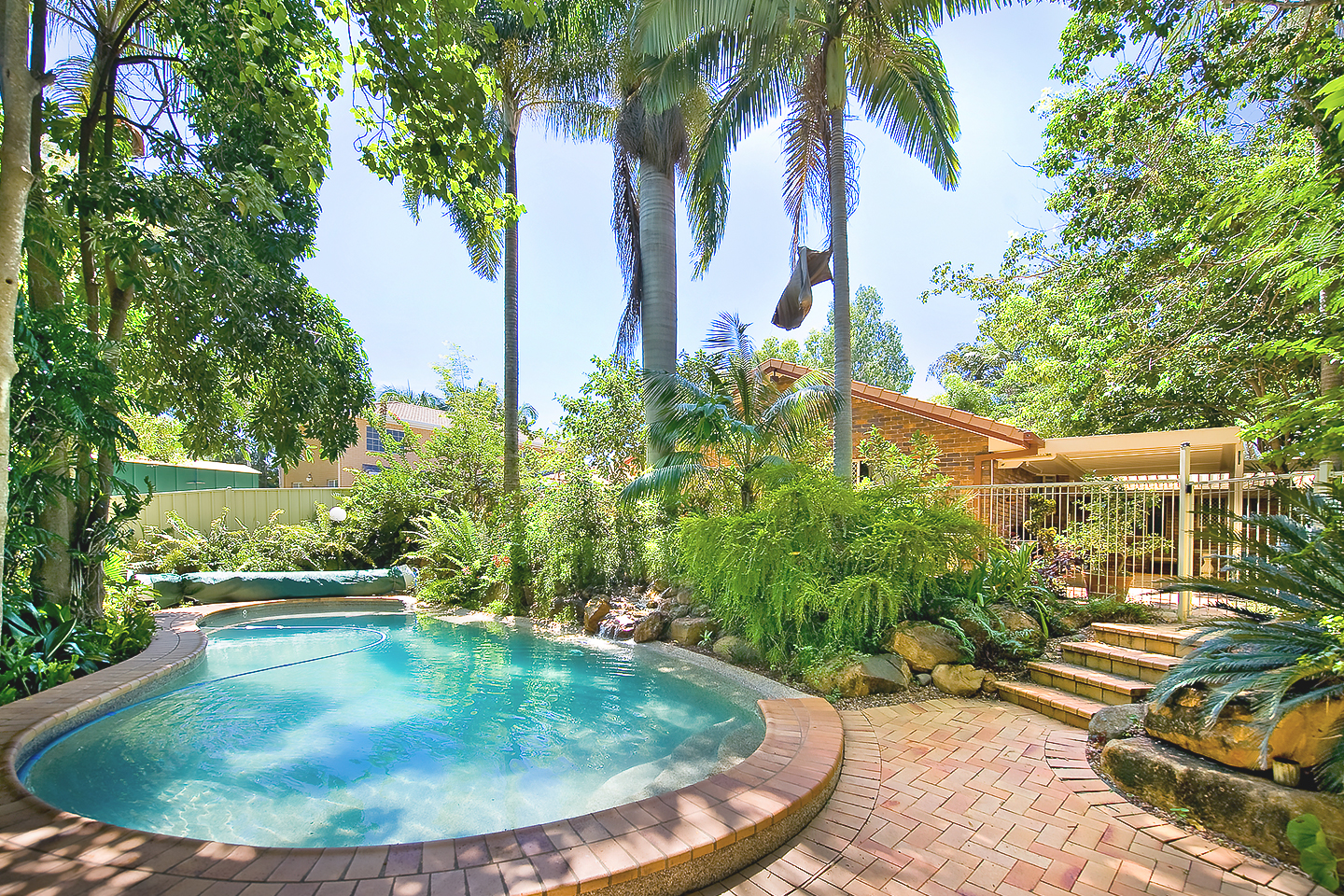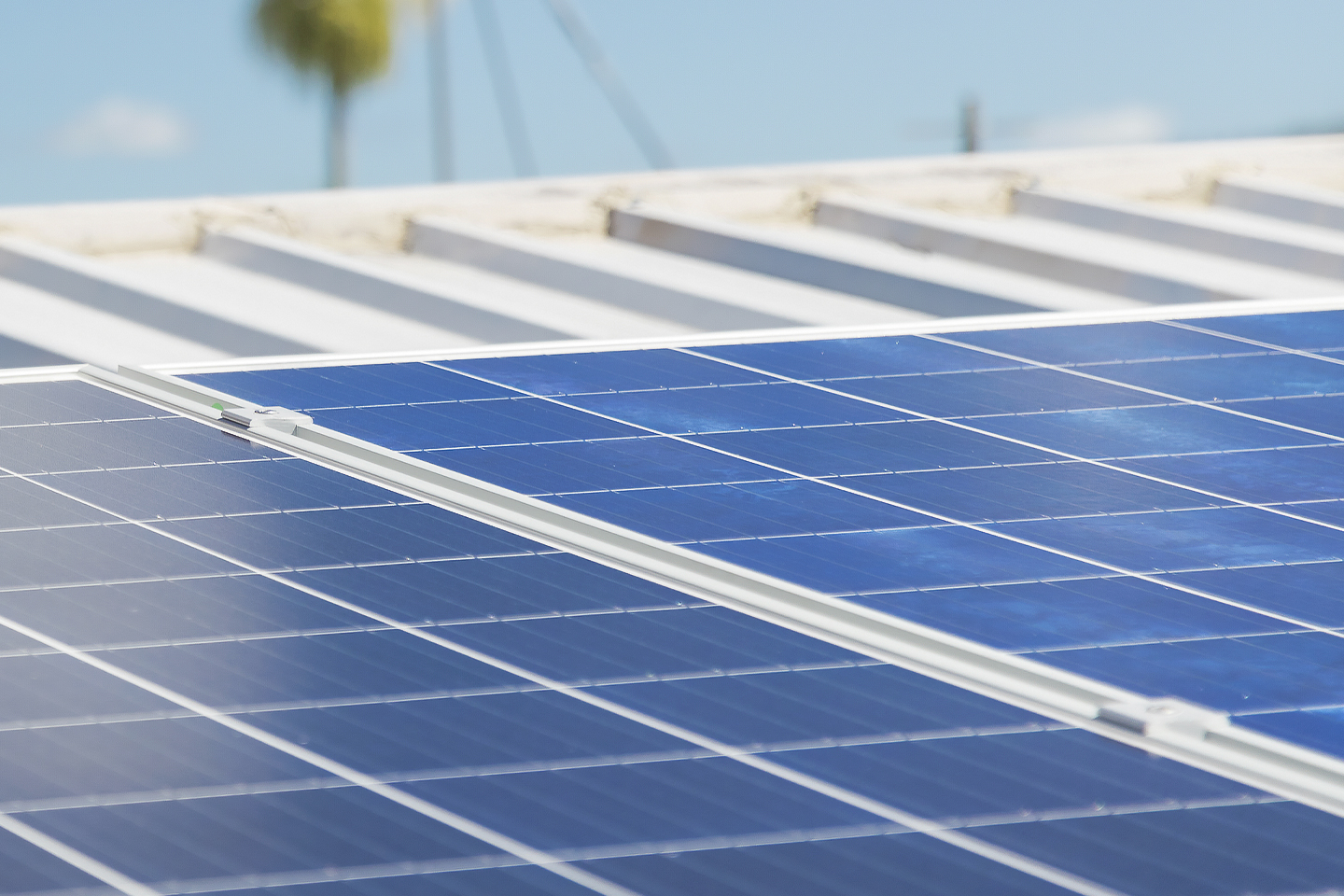5 ways to improve energy efficiency in your home
Do you want to spend less on your energy usage? Here are five ways to improve energy efficiency in your home.
Switching to energy-efficient products can significantly reduce utility bills – meaning those services may pay themselves off over time – as well as reduce your reliance on fossil fuels.
1. Smart pool systems
One of the greatest opportunities to lower energy consumption could be in the backyard: the pool.
Pools can take up approximately 40% of a household's energy use, not to mention the impact of pool chemicals and other consumables. That means the 1.4m pools in Australia are using the equivalent power of half of Victoria, according to the Australian Renewable Energy Agency (ARENA).
ARENA‘s Pooled Energy project, running since 2017, aims to automate pools' cleaning and other energy-intensive functions so they run when energy supply is higher than demand, allowing the grid to shed excess energy when it's available and reduce the impact of pools when demand is high.
The end game: take an entire power station offline by increasing flexibility of consumption to better manage renewable energy sources.
On a household level, that not only means doing your bit to reduce the impact owning a pool has on the environment – it means lower household energy consumption. Pooled Energy reports average energy savings of 2.83 MWh per pool per year as of May 2021 – the equivalent of running a 1000W heater for 7.75 hours per day, year-round.*
2. Different types of insulation
The average Australian household expends 40 per cent of its energy usage on heating and cooling.
It's possible to drive this percentage down by installing ceiling, underfloor or wall insulation.
"In winter, 25–35% of an uninsulated home's warmth is lost through the roof," according to Choice. The consumer advocacy group's Chris Barnes points out that an average home with extensive insulation – wall, underfloor and ceiling – could save hundreds of dollars a year.
There are different types of insulation and varying levels of effectiveness, so that consumers can choose an insulation that suits their spaces and climate.
If you're installing insulation in your home, make sure to check the R-value – that's the measure of thermal resistance – of the insulation product. The higher the R-value, the more effective the material will be at insulating.
It's particularly important for insulation intended for your ceiling to have a suitable R-value for the climate, since the ceiling is the primary culprit for heat loss and gain in the home.
Costs vary – depending on the type of insulation, the size of the area to be insulated, and whether it's being installed at construction or retrofitted – but Canstar tells us that around $22,000 is to be expected for a full roof installation, with a guide of around $40-$100/sq.m including materials and labour.
 Pooled Energy reports average energy savings of 2.83 MWh per pool per year as of May 2021 – the equivalent of running a 1000W heater for 7.75 hours per day, year-round
Pooled Energy reports average energy savings of 2.83 MWh per pool per year as of May 2021 – the equivalent of running a 1000W heater for 7.75 hours per day, year-round
3. Higher star-rated major appliances
Larger household appliances, such as fridges, dryers and dishwashers, can be huge energy sappers.
It's why the Federal Government introduced the Energy Star Most Efficient program in 2011, requiring brands to place an energy rating on their whitegoods. The label reflects the appliance's approximate annual energy consumption, with a high star rating indicating better energy efficiency.
To save on energy usage and cost, opt for an appliance with a higher star rating. There are two types of labels: the six-star label, and the 10-star label for appliances that have at least seven stars.
The Energy Rating Calculator can help you to assess the energy-efficiency of your electrical appliances.
For example, the calculator tells us that a three-star rated two door side-by-side refrigerator, with 300l fridge and 100l freezer, will cost $1247.24 to run for 10 years. Make that a five-star rating, however, and you cut $500 off the running costs. An eight-star rating will save $900.
"Pooled Energy reports average energy savings of 2.83 MWh per pool per year as of May 2021 – the equivalent of running a 1000W heater for 7.75 hours per day, year-round."
4. Smart home solutions to improve energy efficiency
How often do you leave the house only to remember you haven't turned the lights off? What about appliances that use more energy – air conditioning and heating, for example?
Smart home solutions allow you to track your household electricity usage in real-time and set up smart routines that will lower it by turning appliances on when they're needed and off when they're not; monitoring water use, optimising lawn watering times and alerting you to any problems, opening and closing curtains or blinds to make the most of the sunny times of day, and more.
Routines can be based on time, or triggered by events such as sunrise and sunset, the proximity of a connected smartphone, power being generated by solar panels or battery storage levels, or low-tariff or off-peak periods.
Smart home solutions need not be expensive, with off-the-shelf consumer products offering affordability and scalability.
Custom systems encompassing temperature control, lighting and appliances along with entertainment and security may run as high as six figures and require professional installation, usually at construction.
DIY options, meanwhile, also have a couple of price ranges. While consumer products such as smart switches and speakers that can be used to turn on and off otherwise ‘dumb' appliances, this offers little value in terms of lowering energy consumption.
At around $1,000, a network of connected products can allow users to schedule and automate basic actions such as heating and cooling.
Around the $5,000 mark, Choice tells us, automation becomes fun: "In addition to issuing simple commands, you gain the ability to monitor devices from a smartphone or smartwatch".
Beyond the fun, that offers real opportunities to make an impact on energy consumption – with newer, smart products that allow you to monitor and control devices, and that automate actions based on those triggers we discussed earlier. As more connected devices become available in Australia, and they become more sophisticated, that impact may also scale.
5. Solar panels with battery storage
Solar panels work wonderfully on a bright sunny day. But if the sun isn't shining, the amount of electricity that solar panels generate will be significantly reduced.
Battery storage enables you to capture unused solar power, which can then be used at night or on an overcast day.
While it's a great way of reducing your reliance on the grid, and possibly even living off-grid, batteries don't come cheap.
Choice estimates that a lithium-ion battery and hybrid inverter will cost somewhere between $8,000 and $15,000, depending on the storage size and type of battery.
But for houses with high energy consumption, it may be worth the investment. Solaray Energy advises homeowners to consider solar power if their electricity bill amounts to at least $400-500 per quarter.
A 5kW solar system will generate around 20kWh per day, according to Solaray Energy, which could enable a saving of around $500 per quarterly bill if all solar power is used.
A saving of $500/quarter on a $8,000 system equates to around four years before the system pays itself off.
*Report here. 1000W x 7.75hr x 365 days = 2.83 MWh total. This information is of a general nature and does not comprise professional advice or product recommendations. Before making any decision about any investments, financial products and services, you should consult with your own independent legal, taxation and financial advisors, who can provide advice which takes into account your own personal circumstances, goals and objectives.



 Login
Login
